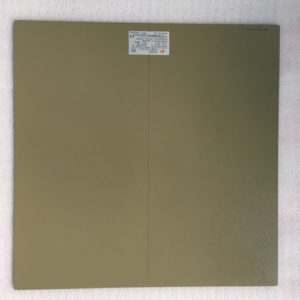A grid is placed between the patient and the X-ray film to reduce scattered radiation (mainly due to the Compton effect) reaching the detector, thereby increasing image contrast.
Grids are typically used where anatomical structures > 10 cm:
Abdomen, skull, spine (except lateral cervical spine), comparative studies, IVU, RGU, MCU, barium studies (including lateral cervical spine); breast (mammography): use a 4:1 grid ratio.
Grid Features:
The Bucky coefficient is the ratio of radiation on the grid to the transmitted radiation, which indicates the increase in patient dose due to the use of the grid, usually 2 to 6.
The contrast improvement factor is the ratio between the contrast with and without the grid. Usually two. Image contrast can be improved by increasing the wire-to-grid ratio by increasing the height of the lead bars or reducing the gap. However, this results in increased X-ray tube loading and radiation exposure to the patient.
We Weifang NEWHEEK Electronic Technology Co., Ltd. provides filter grids of various sizes and grid ratios. Welcome to inquire, hotline +8617616362243!

Author:X Ray Grids Maker
Tel: +86 18953679166
Email: service@newheek.com
Company: Weifang Newheek Electronic Tech Co., Ltd.
Address: E Building of Future Star Scientific Innovation Industrial Zone of No.957 Wolong East Street, Yulong Community, Xincheng Sub-District Office, Weifang Hi-tech Zone, Shandong Province, China